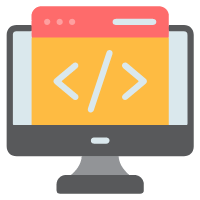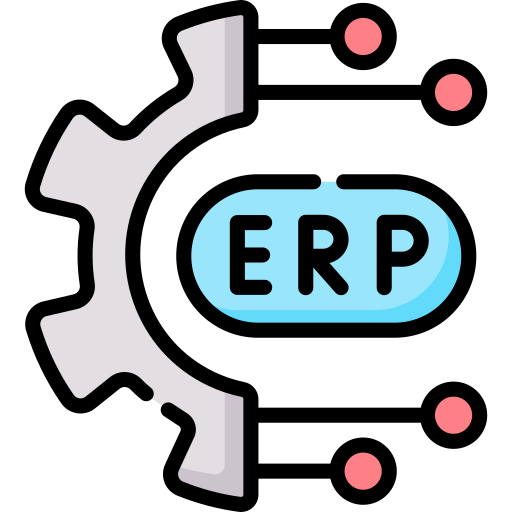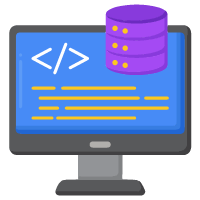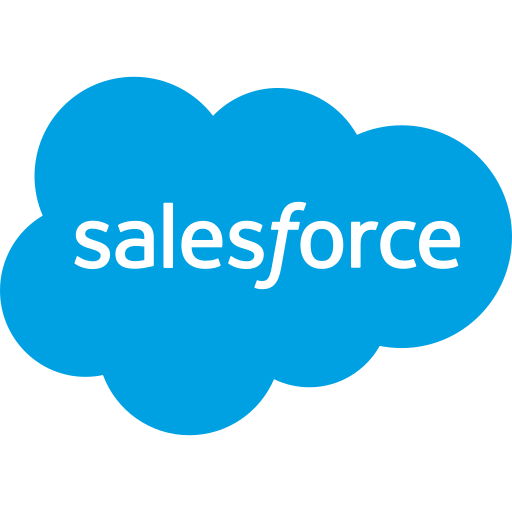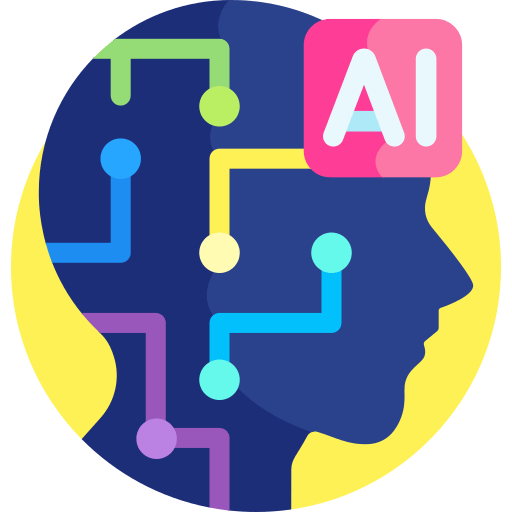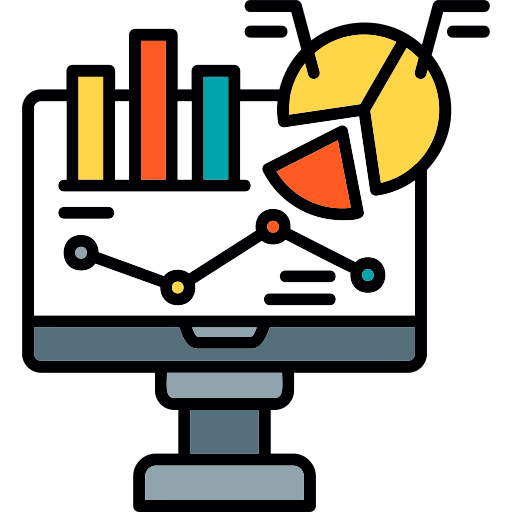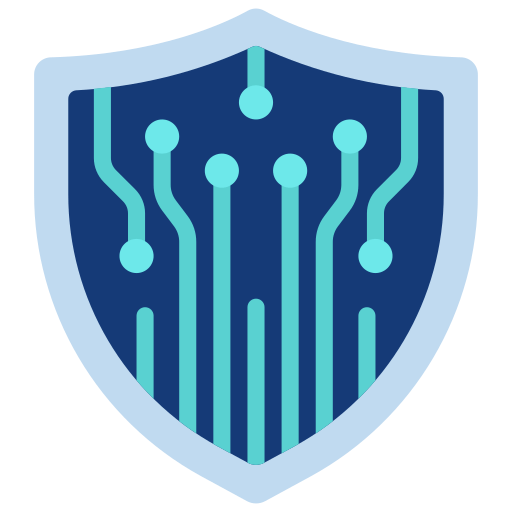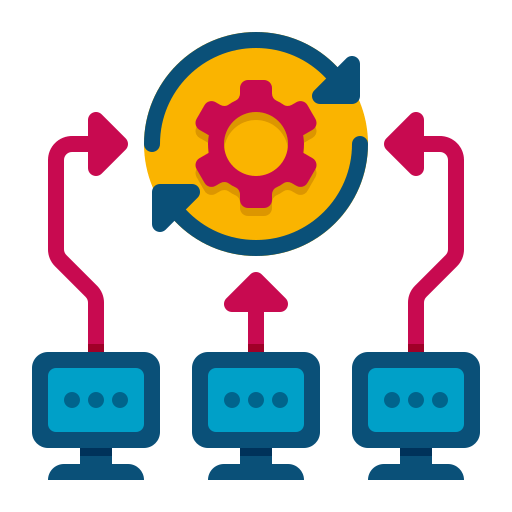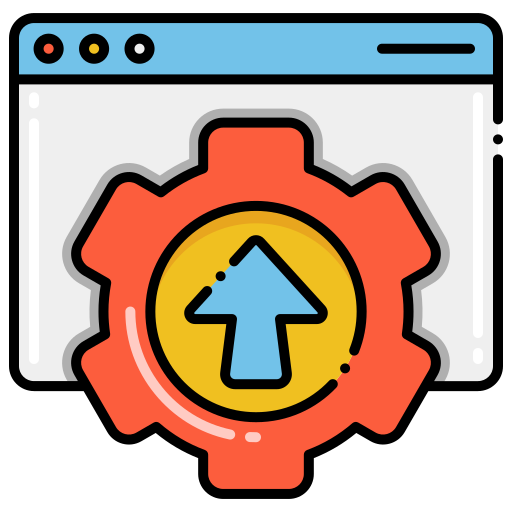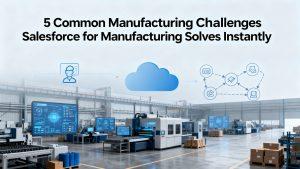Enterprise applications are undergoing a revolutionary transformation as ai applications rapidly move from experimental tools to business-critical systems. According to Gartner, 40% of enterprise applications will be integrated with task-specific AI agents by the end of 2026, up from less than 5% today.
This dramatic shift is reshaping how we approach ai application development services across industries. The low-code development platform market—a key enabler of ai application development—was valued at USD 28.75 billion last year and is projected to reach USD 264 billion by 2032, growing at an impressive CAGR of 32%. Furthermore, Gartner’s best case scenario predicts that agentic AI could drive approximately 30% of enterprise application software revenue by 2035, surpassing $450 billion.
Today, generative ai application development is no longer just a buzzword but has become the core of enterprise software development. With the global enterprise application software development market projected to hit $569 billion by 2027, businesses that fail to adopt AI-native approaches risk falling behind competitors who are already experiencing productivity improvements averaging 32%.
In this blog, we’ll explore how AI-native software development is transforming enterprise applications in 2025 & Beyond, the technologies driving this change, and practical ways your business can leverage this revolution to stay competitive.
The shift to AI-native software development

The software industry has reached an inflection point with AI adoption surging to 90% among development professionals in 2025. This isn’t just about adding AI features to existing applications—it’s about reimagining how enterprise software is built from the ground up.
What makes software ‘AI-native’?
AI-native software places artificial intelligence at its core rather than treating it as an add-on feature. Unlike traditional applications with AI sprinkled on top, these systems are conceived and built with AI as their foundation. They represent a fundamental architectural shift where intelligence permeates every aspect of the application.
The hallmarks of truly AI-native software include:
- Continuous learning: Systems that adapt and improve through feedback loops using real-world data
- Contextual intelligence: Applications that understand user intent and environment conditions
- Autonomous decision-making: Software that can make decisions without human intervention
- Specification-driven development: Clear, structured specifications serving as the foundation for AI-generated code
Essentially, AI-native applications function as an evolving business “brain” baked into the very DNA of operations. When AI is embedded into the foundation rather than added as a plugin, it transforms from a tool into a business partner capable of performing complex tasks like predictive analysis and pattern recognition.
How AI-native differs from traditional enterprise apps
Traditional enterprise applications operate on fixed rules and predefined workflows, essentially functioning as “CRUD (create, read, update, delete) databases dressed up with business logic”. Conversely, AI-native systems are adaptive and flexible, continuously evolving without the constraints of conventional software.
The distinction goes beyond technical architecture. In traditional apps, the intelligence resides in the code written by developers. In AI-native systems, the intelligence lives in the AI layer itself. Furthermore, AI-native applications can automate routine tasks while handling vast amounts of data to make instant decisions.
Another key difference is the development process itself. Instead of writing every line of code, developers using AI-native approaches describe what they want and let AI handle implementation details. This shifts developers from being code writers to becoming conductors who orchestrate AI systems to achieve complex tasks.
Why 2025 is a turning point for AI application development
The year 2025 marks a decisive shift in how enterprises approach AI. According to the 2025 DORA Report, developers now integrate AI into their core workflows, typically dedicating a median of two hours daily to working with it. More importantly, this adoption is delivering tangible results: over 80% of respondents report enhanced productivity, while 59% note improved code quality.
Additionally, AI adoption is now linked to higher software delivery throughput, meaning teams are releasing more applications—a positive reversal from previous years’ findings. The challenge has evolved from whether to adopt AI to how to maximize its impact across organizations.
This shift reflects broader industry momentum, with 73% of technology leaders citing expanded AI use as their top priority. Companies with leading digital and AI capabilities now outperform laggards by two to six times, creating compelling business incentives for AI-native development approaches.
As a result, the question in 2025 is no longer if your team uses AI but how effectively you orchestrate it into a high-velocity system. We’re witnessing the formation of the AI-native galaxy—where engineering teams aren’t just writing code with AI but building systems that learn, adapt, and ship faster with every development cycle.
Key technologies driving transformation

Several cutting-edge technologies are propelling the transformation of enterprise software development in 2025. These innovations are changing how applications are built, deployed, and maintained across industries.
Generative AI and its role in app development
Generative AI has become essential in modern software creation, fundamentally changing how developers approach their craft. Unlike traditional methods, generative AI actively produces new outputs that drive innovation at unprecedented speed. Development teams now generate boilerplate code and create unit tests faster than traditional manual methods, simultaneously identifying potential security vulnerabilities automatically.
This technology excels in creating personalized user interfaces by analyzing user behavior and preferences to dynamically produce tailored UI elements. Moreover, it predicts and fills in code based on context, which not only accelerates development but also reduces errors and introduces more efficient solutions. Consequently, McKinsey research concludes that generative AI could add between $2.60 trillion to $4.40 trillion annually across various use cases.
Low-code/no-code platforms for faster delivery
The integration of AI into low-code/no-code platforms has dramatically accelerated enterprise application development. By 2025, approximately 70% of newly created apps will rely on low-code/no-code tools, nearly tripling the development rate since 2020. These platforms strip away the need for specialized training, empowering business users to develop their own solutions.
Software executives have noted substantial improvements, with 75% reporting up to 50% reduction in development time through AI and automation integration. This efficiency comes from AI-assisted development that automates common operational activities like testing, with artificial intelligence providing targeted feedback about areas requiring attention. Notably, 56% of respondents deliver applications with fewer bugs and improved performance when AI is strategically incorporated into development processes.
Cloud-native infrastructure and microservices
Cloud-native infrastructure provides the foundation for modern AI applications. Microservices architecture—consisting of small, autonomous services where each implements a single business capability—offers critical advantages for AI applications. Each service can be deployed independently, allowing teams to update existing services without rebuilding the entire application.
The combination of cloud-native technologies and AI creates a powerful synergy. Cloud-native infrastructure supports AI applications significantly better than traditional architectures because it provides the scalability, resilience, and flexibility required for rapidly evolving AI workloads. Kubernetes serves as the ideal platform for these workloads through its autoscaling capabilities and efficient GPU resource management, which is essential for most AI and machine learning tasks.
AI-powered DevOps and automation
AI is transforming DevOps by augmenting automation and enhancing reliability across the software delivery lifecycle. This integration allows organizations to benefit from improved speed, accuracy, and reliability. AI in DevOps can automate testing, identify anomalies, and enhance the development cycle overall.
Throughout 2025, AI has been particularly effective in continuous integration and continuous delivery (CI/CD), automating the process of building, testing, and deploying code. Additionally, AI monitoring tools learn what normal application behavior looks like and alert teams when patterns deviate from baseline expectations, reducing false positive alerts. Most significantly, AI can be used to perform root cause analysis on issues, helping DevOps teams identify underlying causes of problems and prevent recurrences.
How AI is reshaping the development lifecycle

The software development lifecycle has undergone a profound transformation through AI integration, with each phase now enhanced by intelligent capabilities. Today’s ai application development embraces automation and intelligence throughout the entire process, from conceptualization to maintenance.
AI in planning and requirement gathering
Artificial intelligence has revolutionized how teams collect and manage requirements. AI-powered tools automatically extract requirements from various sources including emails, documents, and meeting notes. Through Natural Language Processing, these systems analyze text data to identify key requirements and relationships between them, reducing the risk of overlooking critical specifications. Companies utilizing AI for requirement gathering report up to 60% reduction in analysis phase time, including functional and technical requirements documentation.
Beyond this, generative AI effectively transforms high-level ideas into detailed requirements by processing natural language inputs. For product teams, AI tools help identify duplicate requirements, standardize terminology, and predict potential gaps, ultimately enabling teams to generate documentation in a fraction of the time previously required.
Automated code generation and testing
AI code generation tools create source code based on conversational prompts, supporting numerous programming languages including Python, Java, JavaScript, and many others. These systems boost developer productivity by automating repetitive coding tasks, allowing teams to focus on more complex challenges. Indeed, development teams using AI-generated code can deliver high-quality standards throughout the software lifecycle, reducing development time by up to 30%.
Concurrently, AI-native test automation platforms streamline testing across web, mobile, API, accessibility, and performance environments. Gartner defines these as tools providing “fully integrated and orchestrated capabilities to enable continuous, self-optimizing and highly autonomous testing”. Studies show AI test generation improves unit test creation time by approximately 25% while simultaneously enhancing code quality.
Continuous deployment with AI-driven CI/CD
Throughout CI/CD pipelines, AI detects potential issues with code quality before reaching production. Companies like Microsoft use AI for predictive outcome management, ensuring deployment processes remain streamlined. AI-powered DevOps automates building, testing, and deploying code to minimize errors and improve software quality.
Accordingly, AI integration within CI/CD pipelines enables faster delivery cycles through intelligent automation of test cases, predictive analytics, and self-healing principles. This approach reduces mean time to resolution by pinpointing root causes of issues quickly.
Monitoring and optimization using ML models
Monitoring ML models in production environments has become crucial for detecting data distribution shifts and maintaining performance. Hence, ML-based monitoring tools analyze infrastructure and application performance to automatically flag anomalies without requiring manual alert setup for every possible failure mode.
During operation, these systems continuously evaluate models against real-world data, helping organizations maintain reliable, fair, and high-performing applications. With forecasting algorithms, teams receive advance warnings about potential resource constraints, providing sufficient time to address problems before they impact users.
Security and compliance in AI-native apps

Security challenges have intensified as AI capabilities become embedded in enterprise applications. The convergence of AI development and cybersecurity creates both opportunities and vulnerabilities that organizations must address through strategic approaches.
The rise of DevSecOps
DevSecOps represents a critical paradigm shift in AI-native application security. This approach embeds security throughout the entire development process, thus moving beyond the traditional method of adding security measures as an afterthought. For enterprises building sophisticated ai applications, DevSecOps offers a proactive framework where security becomes everyone’s responsibility—not just the security team’s.
In practice, DevSecOps enables ai application development services to incorporate continuous security validation. Through automated security testing, organizations identify vulnerabilities earlier, specifically during code creation rather than after deployment. This methodology proves especially valuable with generative ai application development where security risks may emerge from AI models themselves.
Zero Trust architecture in enterprise environments
Zero Trust architecture has emerged as the gold standard for securing AI-native applications, operating on the principle of “never trust, always verify”. This framework assumes no implicit trust granted to assets or users based solely on their network location or asset ownership.
Following this approach, every access request—regardless of origin—undergoes strict authentication and authorization. Zero Trust enforces least privilege access controls, micro-segmentation, and continuous monitoring of all network traffic. Beyond this, the architecture leverages identity and access management, endpoint security, and data security measures to create comprehensive protection.
AI for threat detection and response
AI has transformed how organizations detect and mitigate security threats within their applications. Machine learning algorithms analyze vast amounts of data to identify patterns and anomalies that human analysts might miss. These advanced systems detect threats in real-time, enabling rapid response to emerging security issues.
Once implemented, AI-powered threat detection demonstrates remarkable capabilities: adaptive learning continuously improves detection capabilities, advanced pattern recognition identifies subtle signs of malicious activity, automated responses quickly mitigate identified threats, predictive analytics proactively identify future threats, and reduced false positives eliminate time-consuming assessments. Despite these advantages, even the best ai application security requires both AI systems and human analysts working in tandem.
Real-world impact across industries

Across diverse sectors, AI applications are delivering tangible business value through specialized implementations tailored to industry-specific challenges.
Healthcare: AI diagnostics and patient monitoring
Remote patient monitoring powered by AI reduces healthcare costs by triaging patients and preventing complications. Currently, AI-enabled RPM devices analyze vital health data points, generating alerts for clinical decision-making. By 2030, over 142 million patients in the U.S.—nearly 40% of the population—will use RPM technology. These systems excel at early detection of adverse health events, with cardiovascular AI RPM solutions dominating 74% of the US market.
Retail: Personalized shopping and inventory automation
Retailers are implementing AI for personalized experiences, with 43% of U.S. shoppers more likely to purchase from brands offering customized shopping. For inventory management, AI enables precise demand forecasting by analyzing historical data, market trends, and customer behavior. One retailer improved inventory accuracy from 60% to 90% using AI-powered forecasting.
Finance: Fraud detection and smart analytics
Banks utilize AI to analyze transaction patterns for fraud detection, helping prevent financial crimes ranging from unauthorized charges to money laundering. American Express improved fraud detection by 6% using advanced LSTM AI models. PayPal enhanced real-time fraud detection by 10% through AI systems running continuously worldwide.
Manufacturing: Predictive maintenance and IoT integration
Manufacturers employ AI for predictive maintenance, detecting equipment anomalies before failures occur. Through IoT sensors with AI analytics, companies identify early warning signs—including vibration anomalies and temperature spikes—reducing unplanned downtime by 30%. This approach minimizes costs while maximizing operational efficiency.
Conclusion
The transformation of enterprise applications through AI-native development represents a fundamental shift in how we build software. Throughout 2025, companies across industries have witnessed the power of placing AI at the core rather than treating it as an afterthought. This approach has delivered tangible benefits—from accelerated development cycles to enhanced productivity and improved code quality.
Certainly, the convergence of generative AI, low-code platforms, cloud-native infrastructure, and AI-powered DevOps has created a powerful ecosystem for innovation. These technologies work together to automate mundane tasks, enhance decision-making capabilities, and ultimately deliver more responsive applications. The most successful organizations now view AI not merely as a tool but as an essential partner in the development process.
Additionally, the complete transformation of the development lifecycle stands out as particularly significant. From requirement gathering to deployment and monitoring, AI capabilities streamline each phase while simultaneously improving outcomes. Teams using AI-native approaches now ship faster, encounter fewer bugs, and adapt more quickly to changing business needs.
Security concerns, though valid, have prompted equally innovative solutions. DevSecOps practices combined with Zero Trust architectures provide robust frameworks for protecting AI-native applications. These approaches acknowledge the unique challenges of AI systems while establishing comprehensive safeguards against emerging threats.
The real-world impact across healthcare, retail, finance, and manufacturing demonstrates that AI-native applications deliver measurable business value. Whether through improved patient outcomes, personalized shopping experiences, enhanced fraud detection, or predictive maintenance capabilities, these applications solve concrete business problems.
Looking ahead, AI-native development will likely become the standard approach rather than an exception. Organizations that embrace this shift now will gain significant competitive advantages, while those who delay risk falling behind. The question has evolved from whether to adopt AI to how effectively we can integrate it into our development practices and business operations.
AI-native software development has undoubtedly arrived as a transformative force in enterprise applications. The future belongs to teams who master this approach—orchestrating AI capabilities to build adaptive, intelligent systems that learn and improve with every development cycle.
FAQs
Q1. What is AI-native software development? AI-native software development is an approach that places artificial intelligence at the core of applications, rather than treating it as an add-on feature. It involves building systems that can learn, adapt, and make autonomous decisions, fundamentally changing how enterprise software is conceived and built.
Q2. How is AI transforming the software development lifecycle? AI is reshaping every phase of the development lifecycle, from planning and requirement gathering to deployment and monitoring. It automates code generation, enhances testing processes, enables continuous deployment through AI-driven CI/CD pipelines, and provides advanced monitoring capabilities using machine learning models.
Q3. What are the key technologies driving AI-native software development? The main technologies driving this transformation include generative AI for code generation and personalization, low-code/no-code platforms for faster delivery, cloud-native infrastructure and microservices for scalability, and AI-powered DevOps for enhanced automation and reliability.
Q4. How does AI-native development impact security in enterprise applications? AI-native development has led to the rise of DevSecOps, which embeds security throughout the entire development process. It also promotes the adoption of Zero Trust architecture and leverages AI for advanced threat detection and response, creating more robust security measures for enterprise applications.
Q5. What real-world impacts has AI-native software development had across industries? AI-native applications have delivered significant benefits across various sectors. In healthcare, they’ve improved diagnostics and patient monitoring. Retail has seen advancements in personalized shopping experiences and inventory management. The finance sector has benefited from enhanced fraud detection and smart analytics, while manufacturing has improved through predictive maintenance and IoT integration.

